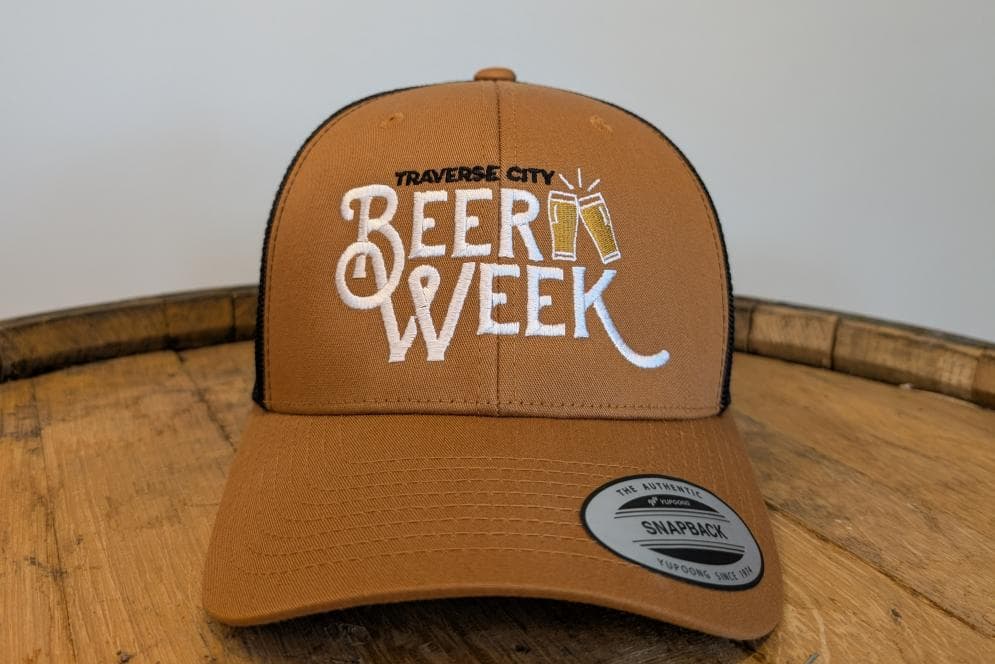How Interlochen Pines and Water Shape Local Music and Memory
Columnist Coggin Heeringa published a reflective essay on November 19 that traces how place, especially Interlochen, inspires creative work and musical memory. The piece recalls composer Howard Hanson taking a moonlit walk at the Interlochen Bowl and improvising melodic ideas that later influenced John Williams, a detail that spotlights the region's cultural importance as residents enter late fall reflection.

On November 19 Coggin Heeringa offered a short cultural column connecting the Grand Traverse region's landscapes to artistic creation, drawing on a local anecdote about composer Howard Hanson. Heeringa recalled Hanson walking under a moonlit sky at the Interlochen Bowl and fashioning improvisations that, according to the essay, later helped shape melodies that influenced John Williams. The column situates that moment within a wider meditation on how the region's pines and water have seeded artistic work across generations.
The anecdote anchors a larger point that place matters in creative life. For residents of Grand Traverse County the story is a reminder that Interlochen is not only a physical setting for performances, it is a reservoir of memory and imagination that has informed composers and performers beyond our region. Heeringa places this reflection in late fall, a season when many locals are turning their attention to the county's natural and cultural assets and considering what those assets mean for community identity.
Beyond cultural pride, the column invites consideration of practical community impacts. Creative institutions and the landscapes that surround them contribute to mental health, social cohesion, and local economies. Access to music education and public performance spaces can strengthen youth development and provide therapeutic outlets for people across the county. In that light, preserving access to Interlochen's stages and to the natural places that inspire artists becomes a public health and civic priority as well as a cultural one.
Equitable access is central to this conversation. When the landscape and arts programming seed creative work, the benefits are greatest when they are shared across neighborhoods, income levels, and age groups. Supporting policies that keep arts education affordable and that maintain public access to parks and performance venues can help ensure that the next generation of musicians and listeners reflects the county's diversity.
Heeringa's column is at once a local anecdote and a prompt. As late fall deepens, readers are left to consider how trees, lakes, and a moonlit walk at the Interlochen Bowl can ripple outward, shaping not only melodies but community wellbeing. The essay encourages a communal response to safeguard the conditions that allow art to flourish, and to recognize cultural places as assets that matter to public health, education, and social equity in Grand Traverse County.


